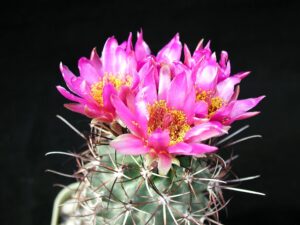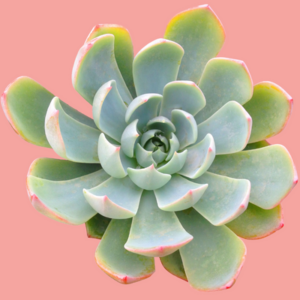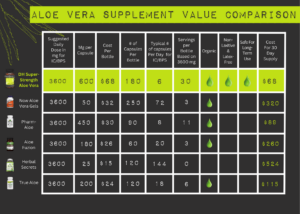Cooking nopales can be a rewarding culinary endeavor that fuses tradition, flavor, and health benefits. However, the process of preparing these prickly pear pads often leaves cooks perplexed as they seek to achieve the ideal texture. This article delves into the intricacies of boiling nopales, providing insights into timing, techniques, and the factors that influence the final dish. Understanding the perfect boiling time for nopales not only satisfies the palate but also illuminates the broader implications of texture in culinary arts.
When one finds themselves surrounded by the vibrant hues of a Mexican market, the allure of nopales is unmistakable. The verdant pads, glistening with moisture and rich in fibers, offer a tantalizing glimpse into a world of culinary potential. Yet, for many, the question of how long to boil nopales for that perfect, tender texture looms large. This inquiry, while seemingly simple, taps into a broader fascination with the transformative processes of cooking—where mere ingredients undergo metamorphosis under careful, deliberate methods.
In exploring the nuances of boiling nopales, several factors come into play, from the size and age of the pads to the choice of seasoning. Each element contributes to a final product that is not only sensational in flavor but also stands as a testament to the cook’s attention to detail. Discovering the optimal boiling time thus becomes paramount, creating a culinary dialogue between tradition and experimentation.
The Essential Preparation Steps
Before delving into the specifics of boiling times, it is crucial to understand the preparatory steps involved with nopales. Cleaning and cutting these pads requires a careful, methodical approach to avoid the spines that adorn their surfaces. Begin by using a sharp knife to carefully remove the spines and the edges, ensuring that the pads are free from any prickliness. Following this, rinse the nopales under cold water, discarding any debris.
Once cleaned, the nopales can be cut into strips or diced, depending on personal preference and intended use. Smaller pieces will cook more quickly and can be integrated into salads and salsas, whereas larger pads may be better suited for grilling or serving whole. Regardless of the chosen cut, ensuring uniform size is key, as it encourages even cooking.
The Importance of Boiling Time
When contemplating how long to boil nopales, several timelines emerge based on desired firmness. A general guideline suggests boiling nopales for approximately 15 to 20 minutes for a tender texture that retains a bit of a bite. This duration allows the pads to soften while maintaining structural integrity, avoiding the mushiness that overcooking can induce. Conversely, those seeking a softer texture for integration into stews or purees may choose to extend the boil to about 25 to 30 minutes.
During the boiling process, expect to witness the vibrant green hues of the nopales mellow into deeper, muted shades. This is indicative of their progressive tenderness, as the heat breaks down the tough cellular structures. To avoid overcooking, conduct periodic taste tests; this crucial practice enables cooks to determine when the nopales have reached their ideal consistency. It is at this intersection of timing and texture that true culinary magic happens.
Influencing Factors: Size, Thickness, and Age
Not all nopales are created equal. The size and thickness of the pads play a significant role in determining boiling time. Thicker pads will naturally require a longer cooking period to soften, while thinner pads may reach tenderness in as little as 10 minutes. Additionally, the age of the nopales can impact boiling time; younger pads often cook faster due to their delicate nature. Familiarity with the source of the nopales—whether from a farmer’s market or grocery store—can provide insights into what to expect in terms of cooking duration.
Seasoning and Flavor Enhancement
While the focus here is on achieving the perfect texture, the boiling process also permits the infusion of flavors through the addition of seasonings to the water. A pinch of salt, a splash of vinegar, or even the zest of a citrus fruit can elevate the dish, creating a harmonious balance between the natural earthiness of the nopales and the vibrancy of the added elements. Not only does this enhance the taste, but it also instills a deeper appreciation for the culinary arts.
Post-Boiling: The Finishing Touches
Once the desired texture has been achieved, drain the nopales and rinse under cold water to halt the cooking process. This step is crucial in preventing overcooking and ensuring that the beautiful texture remains intact. From here, the options are endless. Nopales can be added to tacos, salads, or served as a savory side, showcasing their versatility and adaptability in various dishes.
In conclusion, determining how long to boil nopales for perfect texture encompasses a blend of careful timing, individual preferences, and an understanding of the unique characteristics of the pads themselves. Through thoughtful preparation, seasoning, and consideration of cooking time, one can unlock the full potential of nopales, transforming them into a culinary delight that speaks to both tradition and innovation. As a staple in many cultures, mastering the preparation of this fascinating ingredient can lead to an elevated culinary journey—one rich with flavor, texture, and tradition.





Leave a Comment